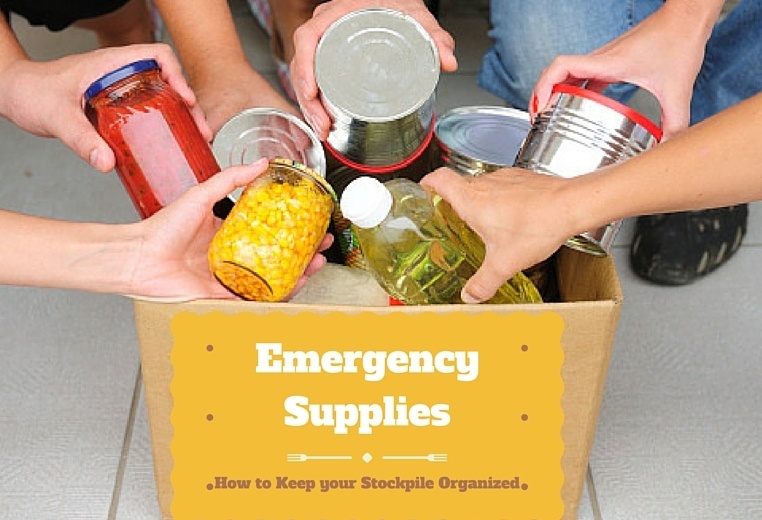
So, we have talked about the importance of having an emergency stockpile on hand in case of a crisis. To read more about what you should have in your stockpile, read this post for food items and this post for other things.
If you have started getting your stockpile together, good job! But now you are probably wondering, where you should keep all this stuff and how to organize it.
The answer to the first question is simple- A Cook Portable Warehouse of course. You need a place that is study and dependable, convenient to get to quickly and cool and dry, like a Cook shed. And choosing a backyard building also keeps all the extra stuff separate from the items that your family uses daily.
Cook Portable Warehouses stand strong through any emergency because of our unmatched construction standards and building materials.
And here are some tips to help answer the second question about organizing your stockpile in the most useful and space saving way.
Keep track of what you have
You don’t want to end up with duplicates of certain items and completely missing others. So once you have your list, keep it updated with amounts, date purchased, expiration dates and the best ways to store specific products.
Start by searching your home for things you already have on hand. Gather them together, check to see that they are working and then cross them off the list. To reduce upfront costs, try to pick up a few things during each weekly shopping trip, look out for sales, use coupons or buy generic.
Rotate your supplies
Rotating your food stockpile is essential to being prepared in case of an emergency. You don’t want things going bad just sitting on your shelf. Keep the older items in the front and the newer ones in the back.
Most canned goods last 1-5 years but it depends on the contents. So check expiration dates before storing and organize items by categories (beans, vegetables, fruit, meat, juice, etc.). Remember bottled waters should be rotated about every 6 months.
Be smart about storage
Some items in your stockpile will require additional storage methods to ensure these things stay good. For example, you can store larger quantities of dry goods in food grade buckets with lids. Dry goods like rice and beans can be stored in glass jars and spices can remain in their original containers as long as they are kept in a cool, dry place.
Your stockpile size depends on your home’s geographic location, size of your family and your available space. But we would recommend a minimum of 3 days and advise 7-14 days would be the safest bet for most areas.
Our Cook sheds come in a variety of sizes so our buildings can accommodate small or large stockpiles. To learn more about Cook Portable Warehouses, download our Dare to Compare Checklist below!
{{cta(‘aa53c99b-eef1-4023-9491-d70e86aa4983′,’justifycenter’)}}

